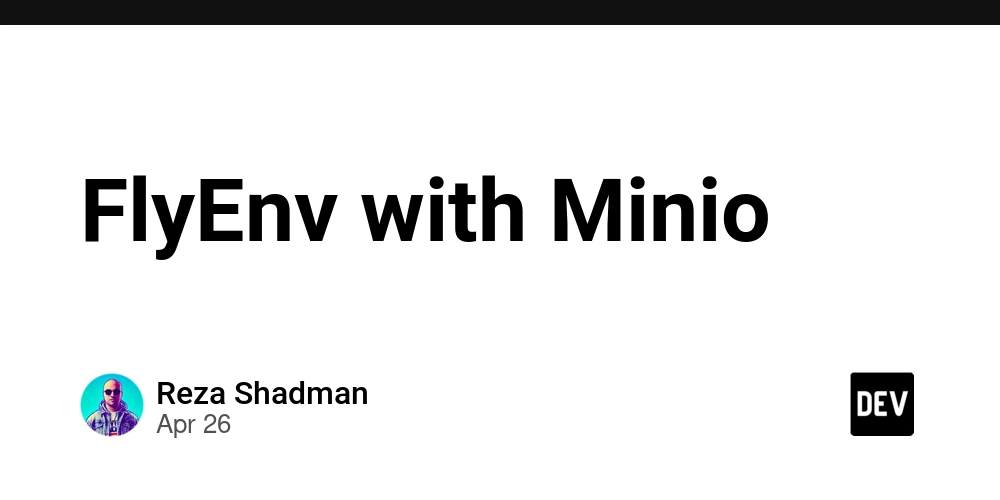
Supercharge Your Search: A Deep Dive into Reciprocal Rank Fusion (RRF) for Intelligent Retrieval
Want to get more relevant search results? Are you looking to enhance your AI applications? This article explores Reciprocal Rank Fusion (RRF), a powerful technique for combining search results and boosting retrieval accuracy. We'll cover what it is, why it's useful, and how to implement it. You'll learn how RRF can dramatically improve the relevance of information retrieved for applications like Retrieval-Augmented Generation (RAG) systems.
What is Reciprocal Rank Fusion and Why Should You Care?
Reciprocal Rank Fusion (RRF) is an algorithm that combines search results from multiple queries to improve overall relevance. It's a simple yet effective way to ensure the most pertinent documents rise to the top, even if they don't rank highly in every single search.
Instead of relying on a single query, RRF works by:
- Generating multiple subqueries related to the original search.
- Retrieving results for each subquery independently.
- Merging the results using a rank-based scoring system that prioritizes documents that appear high in multiple result sets.
Why Use Reciprocal Rank Fusion (RRF) to Improve Search Results?
A single query often fails to capture the full scope of a user's intent. RRF helps address this limitation.
For instance, consider the question: "How do weather conditions affect solar panel energy generation efficiency?"
Using RRF, you might generate subqueries like:
- "Solar panel efficiency factors"
- "Impact of temperature on solar panels"
- "How does cloud cover affect solar panel output?"
By combining the results from these diverse subqueries using Reciprocal Rank Fusion, the system can identify documents that comprehensively address the user's original question. This leads to broader and more reliable retrieval of information.
How Reciprocal Rank Fusion (RRF) Works: A Step-by-Step Guide
RRF works in a series of straightforward steps.
- Subquery Generation: The initial query is used to generate multiple related subqueries.
- Parallel Retrieval: Each subquery is used to retrieve a ranked list of relevant documents.
- Reciprocal Rank Fusion: The retrieved documents are merged and scored using the RRF formula.
- Final Selection: The highest-scoring documents are selected for use in subsequent processes, such as providing context for a large language model (LLM).
Decoding the RRF Formula: Making Sense of the Math
The core of RRF lies in its scoring formula:
RRF_score = ∑ (1 / (k + rank))
Where:
rankis the document's position in the ranked list (starting from 0).kis a constant (usually 60) that dampens the impact of lower-ranked documents.
The formula highlights an important aspect of RRF: Documents appearing in multiple ranked lists get multiple chances to increase their RRF score. The higher those documents rank, the most impact they have on the final RRF score, because by ranking higher, their individual subquery score becomes higher. Documents that Consistently appear high across all subqueries are pushed to the top.
RRF in Action: A Simplified Python Example
Here's a simplified Python example to illustrate how RRF works:
This snippet demonstrates the key steps: retrieving results for each subquery, applying the RRF scoring, and sorting the documents based on their fused scores. By fusing the results of multiple queries, you improve the retrieval of more relevant documents.
Benefits of Using Reciprocal Rank Fusion
Implementing RRF offers several advantages:
- Improved Recall: By using multiple subqueries, RRF increases the likelihood of retrieving all relevant documents.
- Enhanced Precision: The scoring mechanism ensures that highly relevant documents are prioritized.
- Better Context for LLMs: RRF provides LLMs with a richer and more accurate context for generating responses.
Beyond the Basics: Advanced Retrieval Strategies for Better LLM Performance
While RRF can significantly improve search performance, it's just one piece of the puzzle. More advanced techniques, such as Step-Back Prompting, Chain-of-Thought Retrieval, Hybrid Search, and Hierarchical Decomposition (HyDE), can further enhance the quality of retrieved information. Utilizing Reciprocal Rank Fusion (RRF) in conjunction with other methods offers a comprehensive approach to retrieval-augmented generation (RAG).























